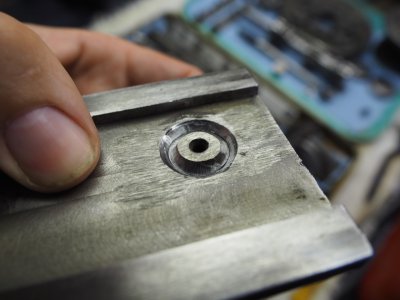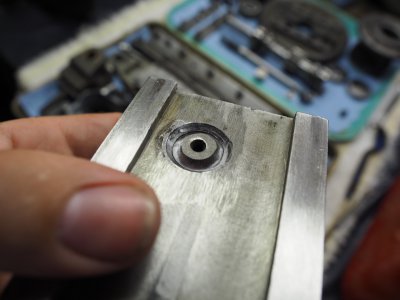- Joined
- Dec 23, 2019
- Messages
- 1,138
I reckon it's the safest option 
Careful if you're trying TIG. If the unknown rods contain zinc, they'll just explode and make a mess! Found this out when I went to try, thinking "great, I've got some brazing rods". Made a horrid mess. After getting the right rods, I was surprised how easy it was despite my inexperience with TIG. Move fast, short arc, don't be afraid to pull not push, it's actually much easier to feed the rod onto the hot metal while the torch is heating the next spot than running into the rod. Flies in the face of all TIG welding wisdom, but it is a different process, after all!
Careful if you're trying TIG. If the unknown rods contain zinc, they'll just explode and make a mess! Found this out when I went to try, thinking "great, I've got some brazing rods". Made a horrid mess. After getting the right rods, I was surprised how easy it was despite my inexperience with TIG. Move fast, short arc, don't be afraid to pull not push, it's actually much easier to feed the rod onto the hot metal while the torch is heating the next spot than running into the rod. Flies in the face of all TIG welding wisdom, but it is a different process, after all!


